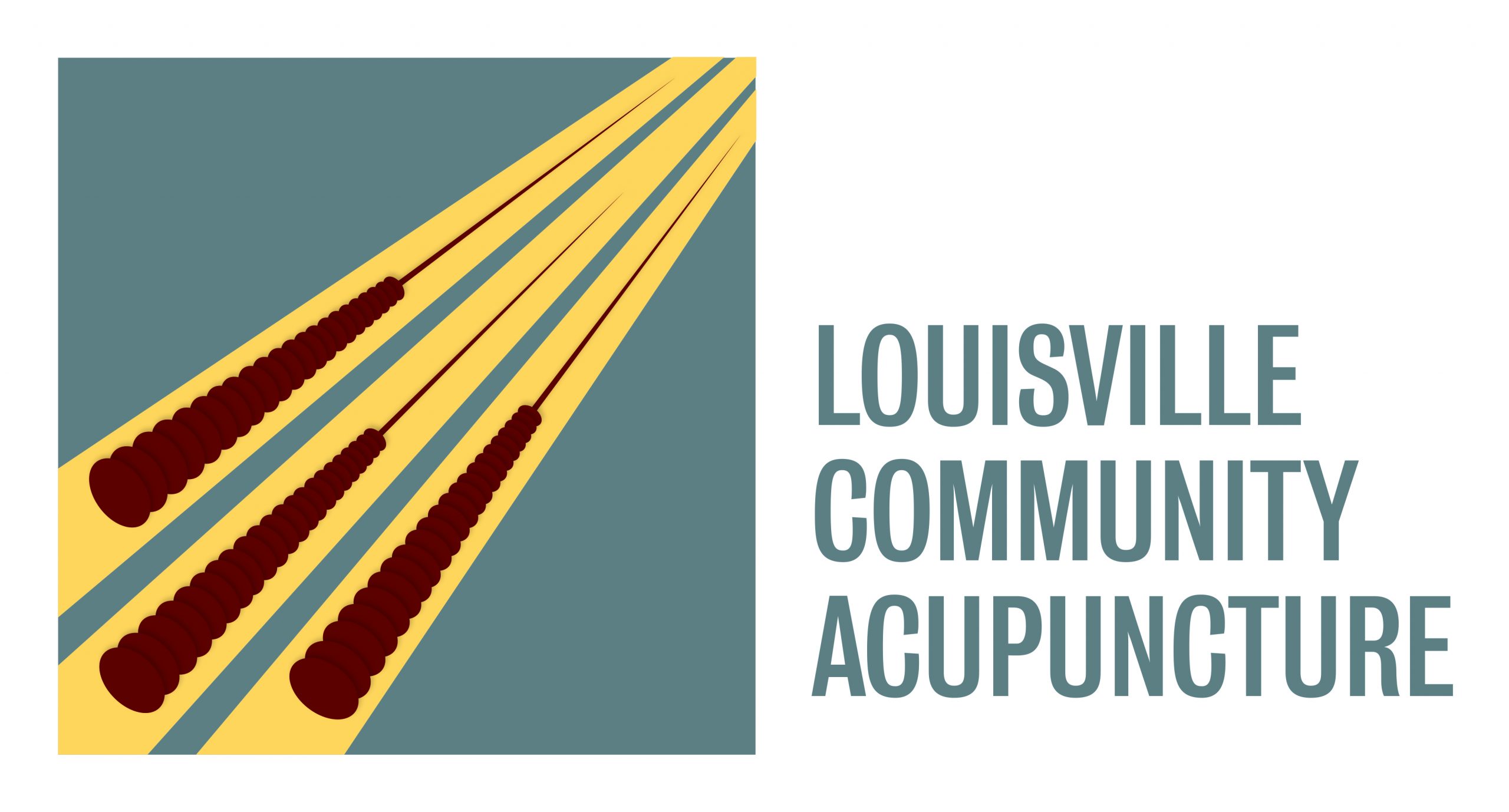Dry needling is a technique of using the acupuncture needle to release trigger points in muscle fiber. These irritations can build up in muscles from over-strain or repetitive stress. Everyone has them to some extent. All muscles develop them. All activity gets repetitive or fatiguing at some point.
How to schedule
Mike is currently taking continuing education seminars with Myopain seminars, that developed out of the work of Drs. Travell and Simons. If you are looking to use dry needling for treatment at our clinic, find appointment times with Mike–do not expect dry needling with our other practitioners.
Thoughts on Dry Needling
While dry needling does have its own origins from Western manual and physical therapies, there does seem to be apparent correlation with acupuncture points and their identification. We think some of the distinction and variability comes from the reality that trigger points “are where they are” and can vary in precise location due to patient morphology and activity. Acupuncture points, in the effort to develop a codified system, have been given distinct locations when they may have originally been more flexible and reflective of what we now refer to as “ashi points” (basically, “uh yeah, it’s tender there”).
General Dry Needling Process
- It is not as comfortable as acupuncture. That does not imply that it is painful, per se, but by no means do most people find it a desirable sensation.
- It is often a fast responder. Though it is not comfortable, it does often show substantial relief very quickly.
- It can leave an area feeling sore. The technique involves identifying the muscle involved, finding the taut band and trigger point within and then working the acupuncture needle around that point to release it. That manipulation of the needle as well as the release of the trigger point, can result in some local soreness in the client. This is normal and duration varies from person to person.
Contact Us
Contact form description text

